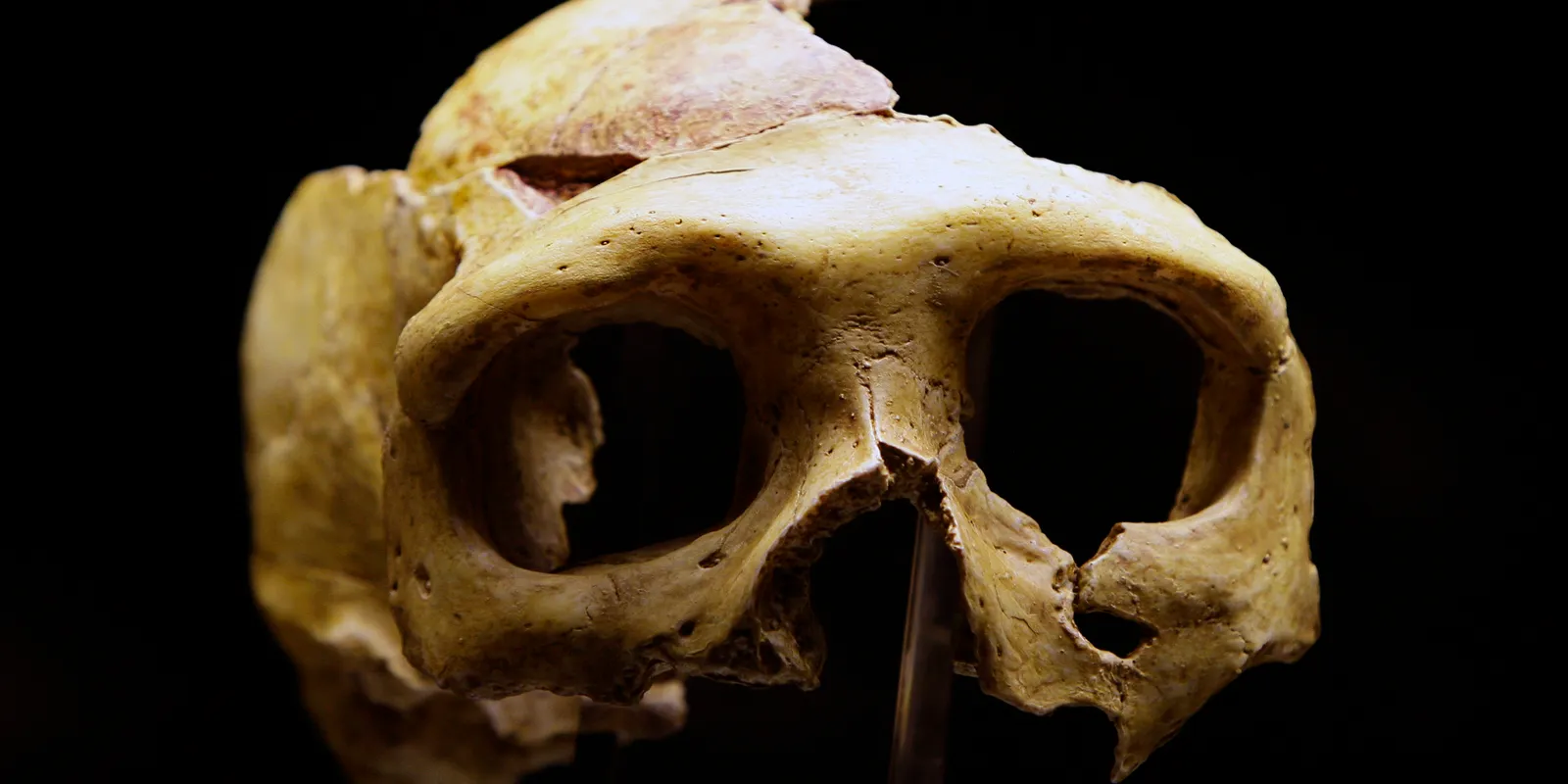
A 43,000 year-old work of art? Neanderthals may have painted portraits.
How did your country report this? Share your view in the comments.
Diverging Reports Breakdown
A 43,000 year-old work of art? Neanderthals may have painted portraits.
An eight-inch rock found at an archaeological site in central Spain is the latest indication that Neanderthals were making art long before modern humans. The quartz-rich granite pebble included indentations resembling a face, its nose a Rudolph-like red dot visible at center. Significantly, the spot didn’t appear to be random, instead bearing evidence indicating it was the product of someone’s imagination. The stone could “represent one of the oldest known abstractions of a human face in the prehistoric record,” the authors of a paper published in the journal Archaeological and Anthropological Sciences wrote. The discovery offers yet another dab of evidence suggesting that NeanderThals made art. The species flourished from roughly 350,000 to 40,000 years ago, and studies indicate they and modern humans may have gone their separate ways as long as 800,00 years ago.
The July 2022 discovery at San Lázaro rock-shelter in Segovia, described as “exceptional” by the authors of a paper published May 25 in the journal Archaeological and Anthropological Sciences, dates back 43,000 years – long before modern humans inhabited the area.
The quartz-rich granite pebble included indentations resembling a face, its nose a Rudolph-like red dot visible at center. Significantly, the spot didn’t appear to be random, instead bearing evidence indicating it was the product of someone’s imagination.
“The ocher dot does not appear as a shapeless addition or a mere stain,” wrote lead author David Álvarez-Alonso of Madrid’s Complutense University. “Rather, it contains a fingerprint that implies the pigment has been applied specifically with the tip of a finger soaked in pigment.”
The authors consider the artifact a nonutilitarian visual symbol – in other words, not a tool but an altered or marked object with possible symbolic significance. While its age makes it impossible to draw any definitive conclusions, they wrote, the stone could “represent one of the oldest known abstractions of a human face in the prehistoric record.”
“The fact that the pebble was selected because of its appearance and then marked with ocher shows that there was a human mind capable of symbolizing, imagining, idealizing and projecting his or her thoughts on an object,” they wrote.
An expanding Neanderthal portfolio
This isn’t the first time a Neanderthal fingerprint has been pinpointed, the authors noted. A partial one, likely made by a thumb, was found on resin discovered in Germany in 1963.
However, the discovery offers yet another dab of evidence suggesting that Neanderthals made art. In 2018, The Guardian reported archaeological findings in Spain indicating that Neanderthals used red ocher to produce shapes and symbols on cave walls 65,000 years ago.
The species flourished from roughly 350,000 to 40,000 years ago, and studies indicate they and modern humans may have gone their separate ways as long as 800,000 years ago.
Increasing evidence has indicated that Neanderthals were more advanced than once thought.
In 2020, a paper published in the journal Science said evidence found in a coastal cave in Portugal suggested Neanderthals were skilled fishermen who regularly consumed seafood as part of their diet. Until then, only humans (Homo sapiens) had been thought to look to the sea as a food source.
Meanwhile, the discovery of 176,000-year-old structures deep within a French cave hinted at Neanderthals’ ability to use fire and work in groups. A 2016 article in Nature described strange, circular edifices constructed in an interior space 360 yards removed from daylight; the formations were made from uniform stalagmites, many of them cut to size.
With the earliest known human-built structures 40,000 years old, the cave formations not only predate such activity by Homo sapiens but also show Neanderthal utilization of deep caves began much earlier as well. According to the study, the earliest indications of modern humans using deep caves are less than 42,000 years old.
